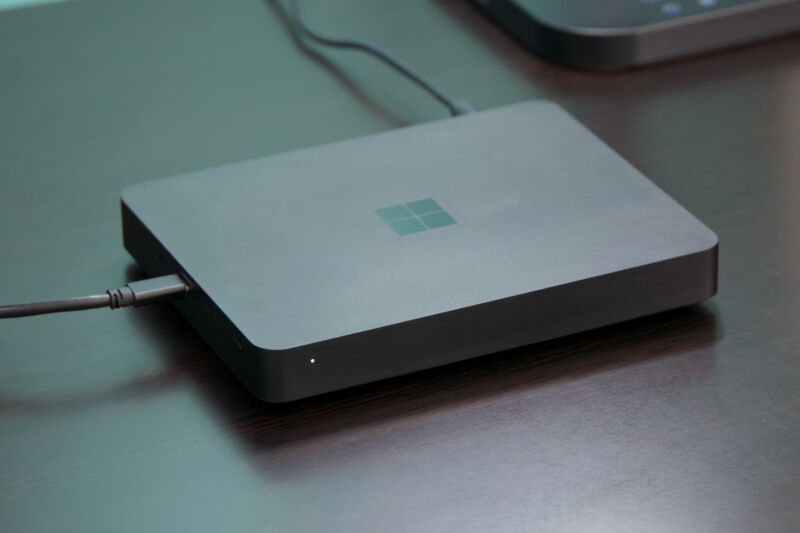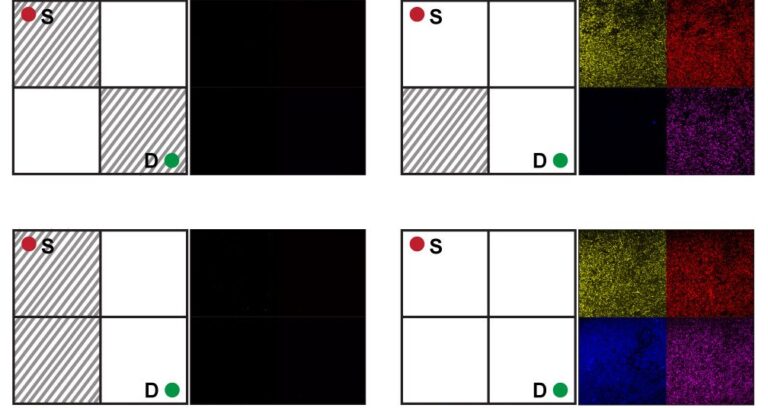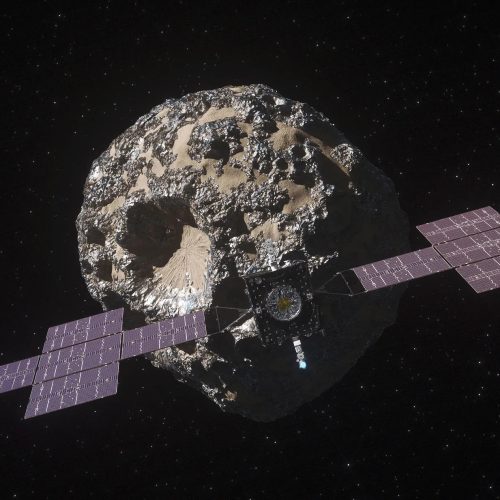
reader comments
7 with 0 posters participating
Microsoft has released two new systems based on Qualcomm’s Arm processors lately. The first, a 5G version of the Surface Pro 9, has mostly been panned by reviewers, with software compatibility being a major pain point even after two generations of the Arm-powered Surface Pro X. The second is the $600 Windows Dev Kit 2023, formerly known by the much cooler name “Project Volterra,” and it’s supposed to help solve that software problem.
Microsoft has tried doing Arm Windows developer boxes before—namely, the $219 ECS LIVA QC710 it began selling about a year ago (it’s no longer for sale, at least not through Microsoft’s store). But with its 4GB of memory, 64GB of pokey storage, and underpowered Snapdragon 7c processor, using it was like revisiting the bad netbook days. Maybe you could get some basic browsing done on it. But actual work, even for someone like me who primarily works with text and medium-resolution photos all day? Nope.
The Dev Kit 2023 is nearly three times as expensive, but the hardware is powerful enough that it mostly just feels like a typical midrange mini-desktop in day-to-day use. Freed from the limitations of cruddy hardware, the machine makes it much easier to evaluate Windows-on-Arm’s remaining software limitations. For this review, we won’t be using it as a developer box, but it does give us a good chance to evaluate where the Windows-on-Arm project is right now, both in hardware and software—especially relative to the Mac, the other hardware and software ecosystem that is making a much cleaner, wider-ranging, and more graceful transition from x86 software to Arm.
A Surface in all but name
-
The Dev Kit under the previous developer offering for Arm Windows, the super-slow ECS LIVA QC710.Andrew Cunningham
-
Two USB-C ports on the desktop’s left side.Andrew Cunningham
-
First sign that there’s a Surface board inside the Windows Dev Kit: USB-C port positioning.Andrew Cunningham
Microsoft isn’t selling the Dev Kit as a Surface device, because it’s not meant to be a machine for everyday PC users. There’s plenty of Surface in its DNA, however.
That starts with its design. It’s a substantial-feeling hunk of black plastic over a metal frame with a Microsoft logo imprinted on the top; it’s smaller than a Mac mini (which, if you’re not familiar, has had the same physical dimensions for 12 years), but if Microsoft had set out to make a Surface-branded Mac mini clone, it probably wouldn’t look much different.
One reason the device is smaller is that it uses a 90 W external power brick, whereas the Mac mini’s power supply is inside the enclosure. That flows from the way Microsoft seems to have put together the Dev Kit—the Mac mini’s internals were designed specifically for their enclosure, while the Dev Kit appears to be quite literally a Surface Pro 9 with 5G motherboard with a case built around it. In that way, it’s less like the Mac mini and more like the Apple Silicon “Developer Transition Kit,” which adapted iPad Pro-ish innards for a Mac mini-shaped case.
-
The Dev Kit 2023 is roughly the same height and width as a Mac mini, but it’s a couple inches shallower.Andrew Cunningham
-
Three USB-A ports, a mini DisplayPort, a gigabit Ethernet port, and a barrel-style power jack for the Dev Kit’s 90 W power adapter.Andrew Cunningham
-
The inside of the Dev Kit. It’s hard to tell with all the parts still in it, but it’s a series of daughterboards connected to what seems to be a Surface Pro 9 with 5G motherboard.Andrew Cunningham
-
Unused internal connectors, another Surface leftover.Andrew Cunningham
-
A standard M.2 drive. There’s no standoff for a typical M.2 2280 SSD, but you could fit one if you wanted to.Andrew Cunningham
The most obvious giveaway is a bunch of unused connectors that are visible at the top-right of the board when you remove the bottom of the Dev Kit—these would be used to drive a display and other internal peripherals in a Surface device but go unused in the Dev Kit. The two USB-C ports (again, a Surface holdover, with identical positioning and space between them) are the only ones built into the board, while the Ethernet port, USB-A ports, mini DisplayPort, and power jack on the back are all built into a separate board. (That it’s a Surface Pro clone also means that the Dev Kit has no headphone jack.) Firmware and driver updates pulled down from Windows Update are also Surface-branded.
The Dev Kit can connect to up to three monitors at once using its mini DisplayPort and USB-C ports, and up to two of those can be 60 Hz 4K displays (refresh rates faster than 60 Hz are available at lower resolutions, but 60 Hz does appear to be the hard cap at 4K). Microsoft says that the DisplayPort is the one you should use for the primary display, and it’s the only one that will display a signal when you’re adjusting the box’s UEFI firmware settings, likely also a holdover from its Surface roots—the internal display in a Surface would likely be connected with an internal embedded DisplayPort connector (eDP) that worked the same way.
The only upgradeable component in the Dev Kit is the 512GB SSD, which is a short M.2 2230 drive just like the ones Microsoft uses in other Surfaces. A typical M.2 2280 SSD would definitely fit, though you’d have to figure out how to hold it in place yourself since there’s no built-in standoff for it. The rationale for using a short little SSD in the first place is probably the same as for reusing a Surface motherboard—cheaper to reuse a thing than to design and pay for a whole different thing, especially in what is likely to be a low-volume product.







